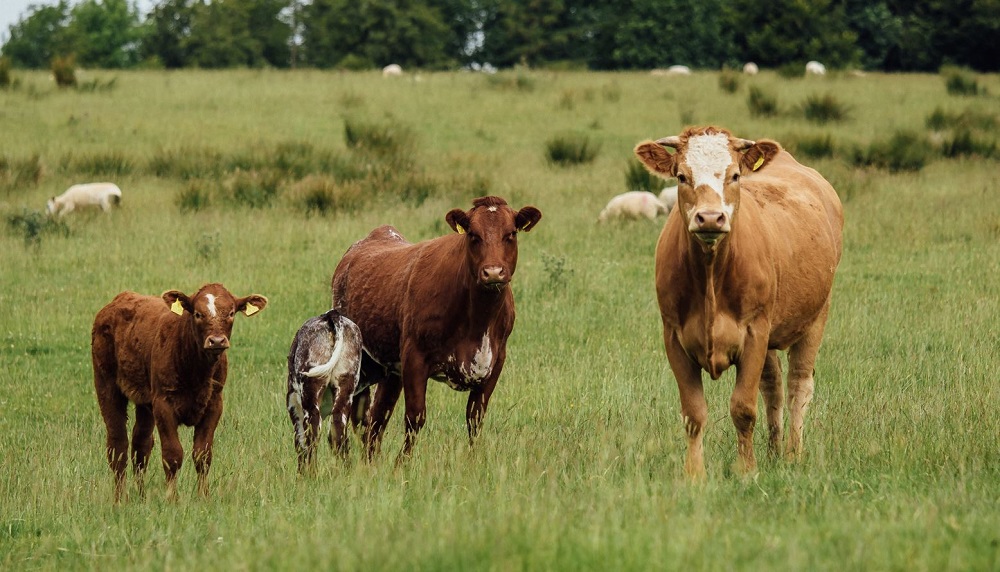Importance of grass for heifers’ recovery post-calving
Thursday, 13 April 2023
In this article, we examine how best to meet the nutritional requirements of freshly calved heifers.
Freshly calved heifers have a lot going on. They are recovering from calving and lactating, and in most cases, they still have some growing to do as well.
During this stage, spring grass and forage can be your best ally in ensuring heifers conceive quickly and maintain a twelve-month calving interval.
Preferential grazing for heifers
It is beneficial that as soon as there is sufficient grass, this priority group of animals are turned out onto preferential grazing.
Debby Brown from Dugdale Nutrition says that a freshly calved heifer weighing 580 kg and producing 5 litres of milk requires a diet consisting of 104 MJ/day energy and 14% protein.
Grazed leafy ryegrass should have an ME value of approximately 11.5 ME and a crude protein content of 15–16 (% in DM) and easily provide the requirements of the heifer.
If conditions aren’t suitable for turnout, good quality silage (10.4 ME and 14% crude protein) fed ad-lib is also sufficient.
The nutritional requirements of heifers after calving are greater than those of a mature cow. Therefore, it is always best to separate them from the main herd so that they can be fed differently and prevent any bullying from dominant cows.
A newly calved heifer requires a dry matter intake which is usually 2–3% of their bodyweight.
Therefore, a 580 kg heifer will require approximately 14.5 kg DM per day.
It’s important to remember that as the grazing season progresses, demand from the calves will rise as their consumption of grass increases resulting in adjustments to allocation throughout the season.
Importance of body condition
Ideally, heifers should have calved down at body condition score 3; this helps to ensure that they produce sufficient quality colostrum and have a good chance of conceiving quickly after they have calved.
The resumption of oestrus cycles is highly correlated with body condition, and studies have shown that thin heifers take, on average, 30 days longer to return to cycling.
Any heifers in body condition less than 2.5 should be fed to increase condition.
Use rotational grazing
Rotational grazing is an effective way of increasing grass utilisation and animal performance.
A recent trial by AHDB found that, across four suckler farms, rotational grazing helped to lift suckler beef gross margins by £234 per ha.
If it is something you are considering giving a go this year, it is recommended that when the rotation includes young calves, two strands of electric fencing wire are used, and the live wire is at nose height.
Further information on managing beef replacement heifers can be found at ahdb.org.uk/maternal-matters
Further information
 AHDB
AHDB

